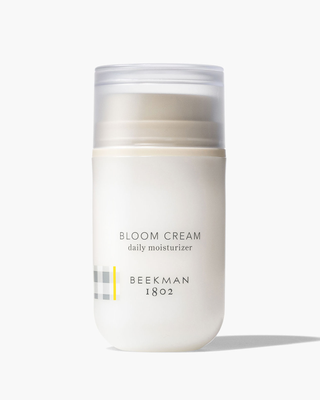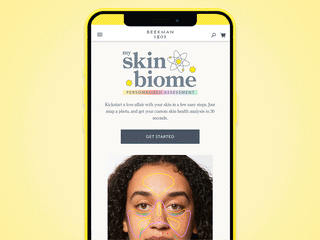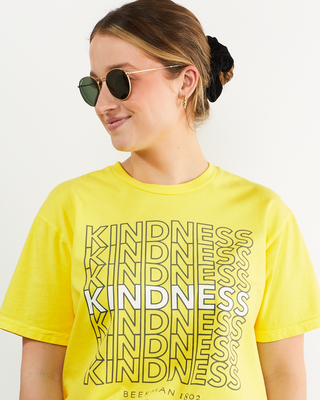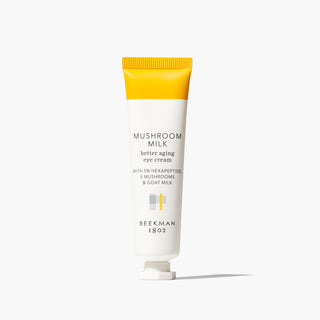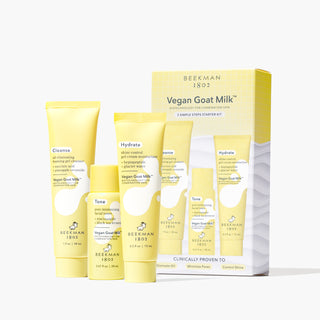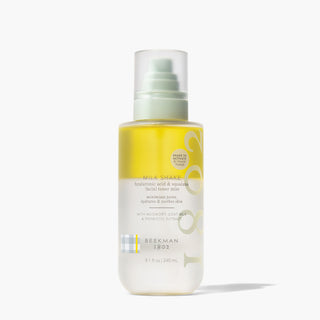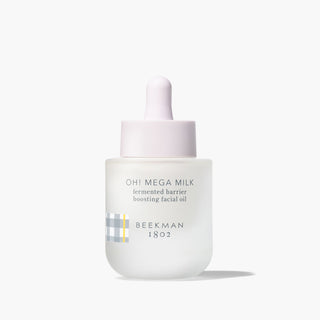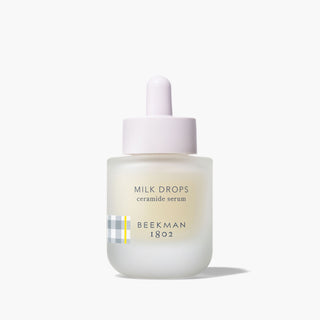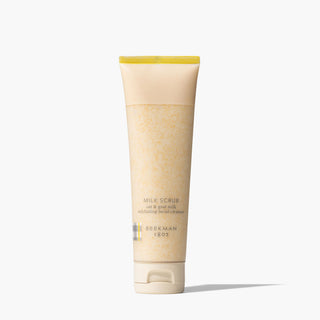Self-care is more on our minds now than ever. Taking care of your body in every way is so important, and as the weather warms up, there’s no better natural way to boost your mood than spending time outside.
As you soak up more rays this season, our goal is to make sure your skin stays as healthy as it can be.
Wearing sunscreen every day is an easy way to stay healthy and protected. It’s absolutely the best thing you can do for your skin. And once it becomes a part of your routine, you’ll hardly think twice about one of the most important measures you can take to keep yourself safe.
While the sun warms and nourishes you with vitamin D, the sun’s ultraviolet rays can, sadly, hurt you. In fact, UV rays are actually classified as a carcinogen. That can cause damage to your skin, alter its natural texture and color, and put you in danger. Applying sunscreen vigilantly every day is about embracing and preserving your skin in its purest, healthiest form — which is also its most beautiful.
So whether it’s the peak of summer or the darker depths of winter, if it’s light enough to not need to use your phone’s flashlight, it’s light enough for the sun to damage your skin. So here’s everything you need to know about how to keep your skin happy, healthy, and safe.
First, what even is sunscreen?
There are two common types. Physical (also called mineral) sunscreen, which contains zinc oxide and titanium dioxide, sits on your skin and literally blocks the sun’s rays. This type is gentler and tends to be better for those with more sensitive skin. Chemical sunscreen absorbs into your skin and helps redistribute UV rays safely. Chemical sunscreens have a higher chance of irritating your skin or causing allergic reactions. They can also be a little sticky, which is why we’re not shy about saying we love our own never-sticky physical sunscreen.
So then I’ll just start smearing on this SPF 25 Coppertone or …?
Ha. Yes. Let’s talk about SPF.
The SPF number tells you how much UVA protection the sunscreen will provide you (not the amount of time in the sun you’re protected for). The CDC recommends a minimum of SPF of 15 for being out in the sun. Some sunscreens can even protect your skin from blue light from screens — which can also be harmful to your skin.
When you’re in the sun, wear a sunscreen that’s at least 30 SPF, and be sure to apply 30 minutes before you go out in the sun. And — this is important — reapply every two hours or immediately after you swim or get sweaty.
What about the really high SPFs, like 50, 70, or 100?
You may have seen recommendations against using sunscreens with SPFs of more than 50. But some studies show that those higher-SPF blocks can actually be a bit effective. The trouble, it turns out, is application. With higher SPFs, people tend to feel a false sense of security, applying less and not being sure to wear clothes and hats to supplement their protective routine. So go ahead and protect your freckles with SPF 100 but treat it the same as you would an SPF 15.
There are so many different sunscreens out there. How do I know which ones to choose?
First! Always make sure your sunscreen is broad-spectrum, which protects against the two kinds of UV rays that are most harmful. And make sure your sunscreen is at least SPF 15. Second! It’s a good idea to use one sunscreen for your body and one for your sensitive face. These days you can find broad-spectrum protective creams for all skin types: oily, dry, and even for redness.
Like with most things you buy, it’s best to have a look at the overall ingredients in your sunscreen. The ingredients themselves are your best indicator that you’re making a conscious and confident purchase — if you’re buying fancy European sunscreens, for example, make sure they don’t contain banned ingredients (as determined by the FDA).
A cautionary note about makeup products with SPF in them: Sadly, they don’t really suffice for adequate protection. You’re likely not putting enough on for them to be effective. But! They make excellent reinforcements and supplements to your suncare routine.
OK, so at what point am I supposed to put this stuff on? Before my moisturizer? After my primer? This is a whole new step!
Sunscreen is the first thing you should put on your clean face before going out. A good primer with SPF in it is more delicate than general-use sunscreen and the best ones look smooth and natural under your makeup. Apply before you moisturize and, of course, before your makeup. So after you clean your face, apply sunscreen evenly and thoroughly and then let it sink into your skin for three to five minutes. (Tip! Don’t forget your lips. Reapply sunscreen on your lips as frequently as you do the rest of your body. That skin is delicate and deserves only the best.)
Also important: If you’re prepping for a day at the beach, avoid some products that might be a part of your skincare routine. Retinol and Vitamin A, for example, can make your skin more sensitive to the sun. If you’ve had any type of acid treatment on your face or a strong exfoliant, you’re also extra at risk. So if it’s a pool day and you just got an intense facial, skip your retinol, be extra vigilant with your sunscreen reapplications and wear a broad-brimmed hat.
But what do I do about the fact that I love the way I look when I’m tan? Is there a way for me to stay safe and tan?
The simple answer to this question is … no. Suntans are a sign your body is producing more melanin to block harmful UV rays. While that sounds like a good thing, it’s actually just a physical sign that you’re putting yourself at risk of melanoma and basal cell carcinoma.
This is different for everyone, though. Fair-skinned redheads have much higher rates of skin cancers than their darker-skinned peers. There are physiological theories about that, but the bottom line is tanning is just not good for you. But what is good for you is nurturing your relationship with the way you look. Your unique skin tone is lovely as it is in its purest, healthiest form. In other words, without skin damage.
